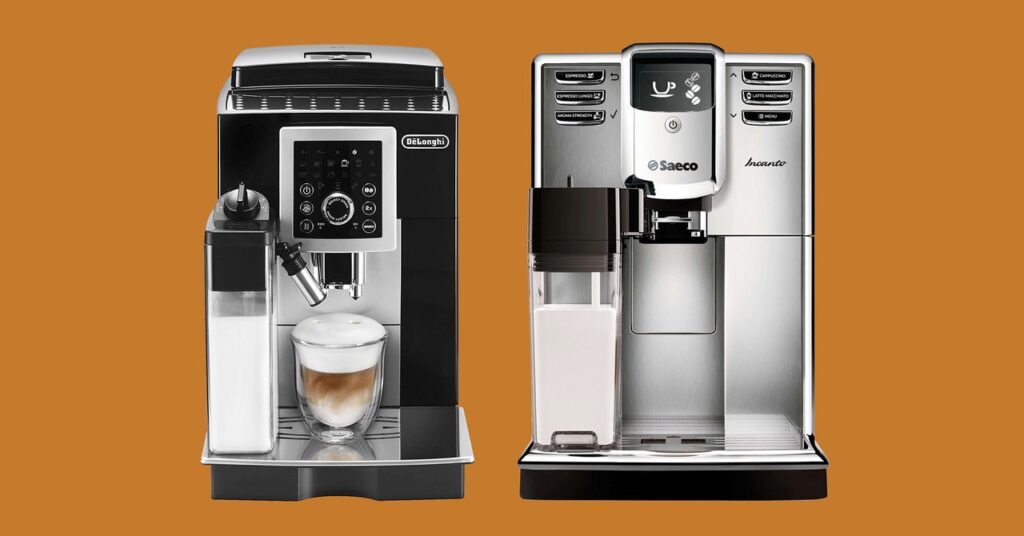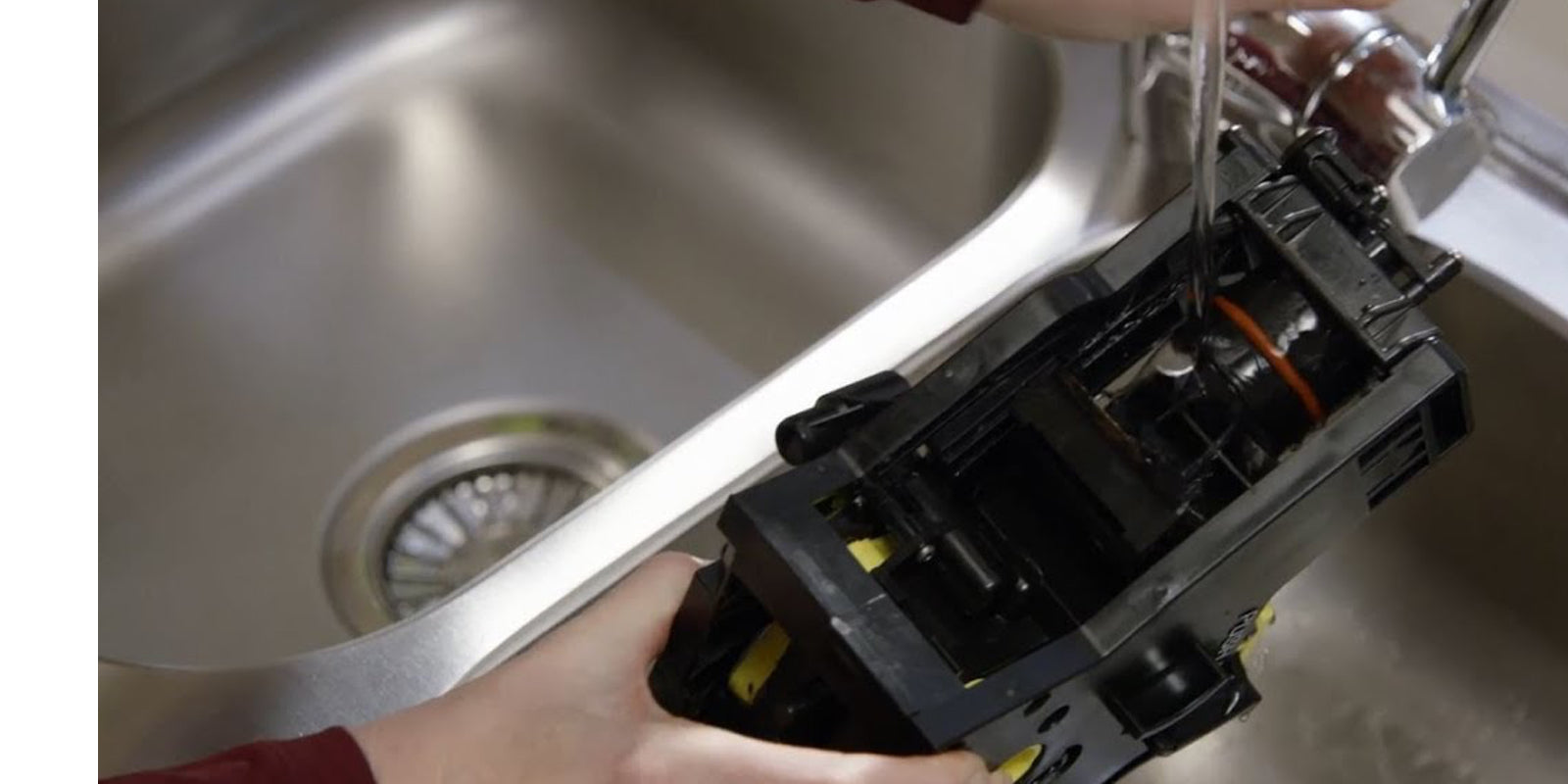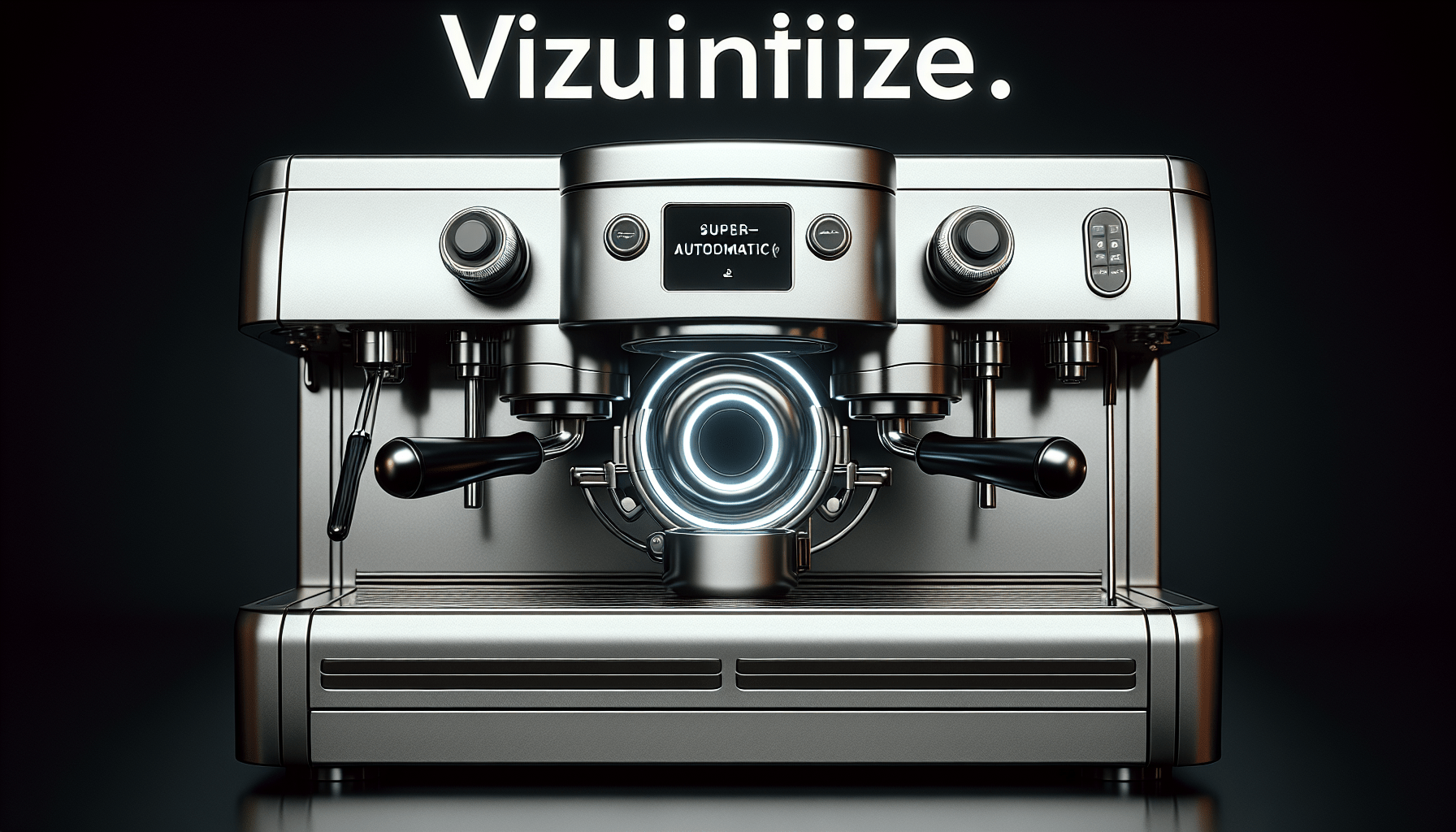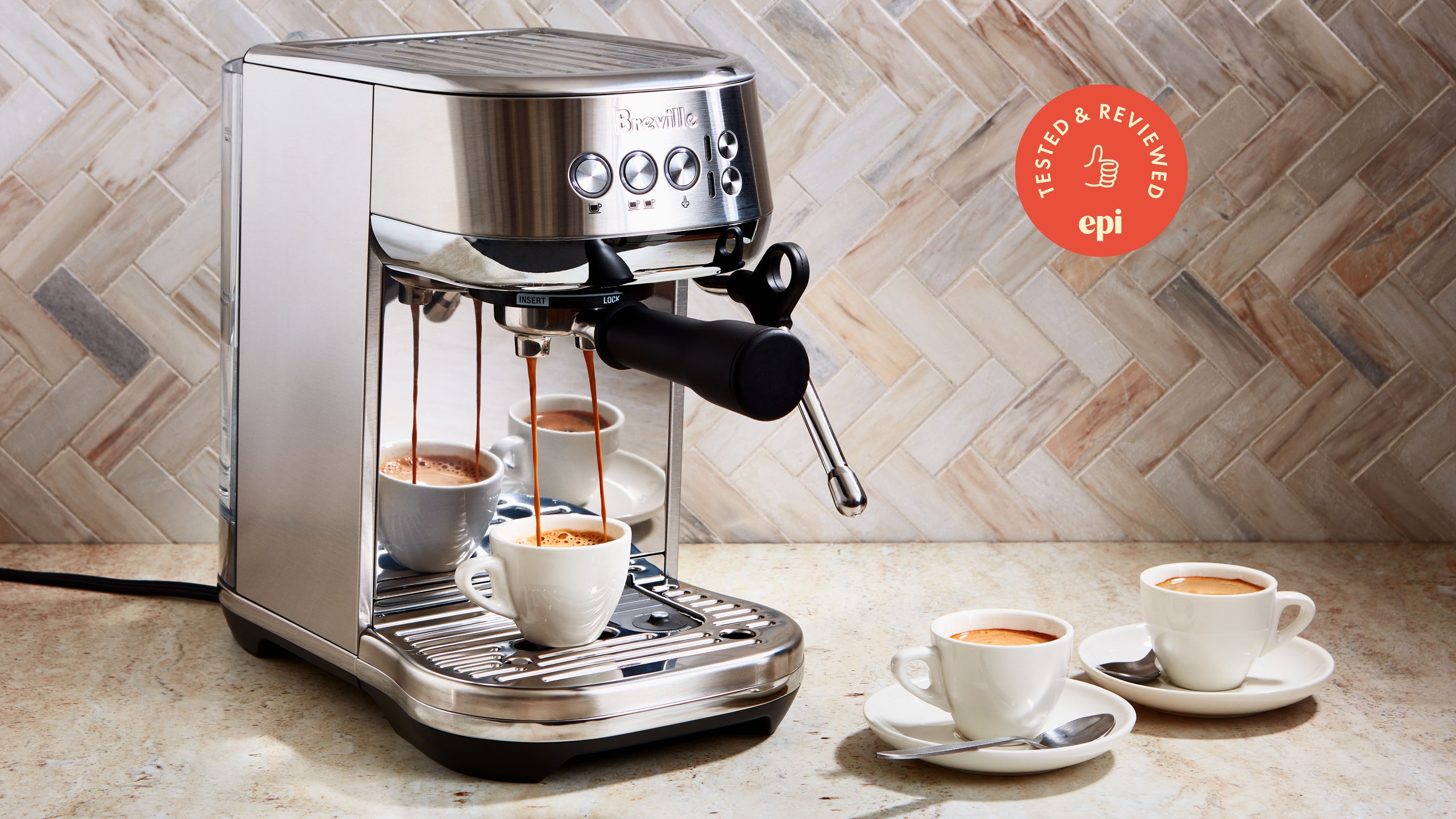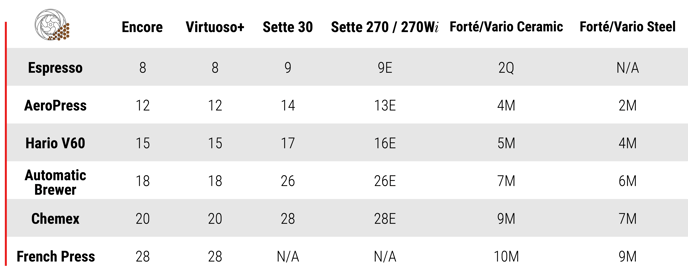Wondering how the automatic cleaning cycle in a super-automatic espresso machine keeps things running smoothly? Let’s break it down for you. The automatic cleaning cycle works by flushing hot water through the machine’s internal components to remove any coffee residue or mineral buildup. This helps ensure that your espresso always tastes fresh and delicious without any extra effort on your part. So sit back, relax, and enjoy your perfect cup of coffee – the machine will take care of the rest.
How Does The Automatic Cleaning Cycle Work In A Super-automatic Espresso Machine?
If you’re the proud owner of a super-automatic espresso machine, you already know the joy of having a delicious cup of espresso at your fingertips with just the press of a button. But have you ever wondered how the machine keeps itself clean and in top working condition? In this article, we’ll dive deep into how the automatic cleaning cycle works in a super-automatic espresso machine, so you can maintain its performance for years to come.
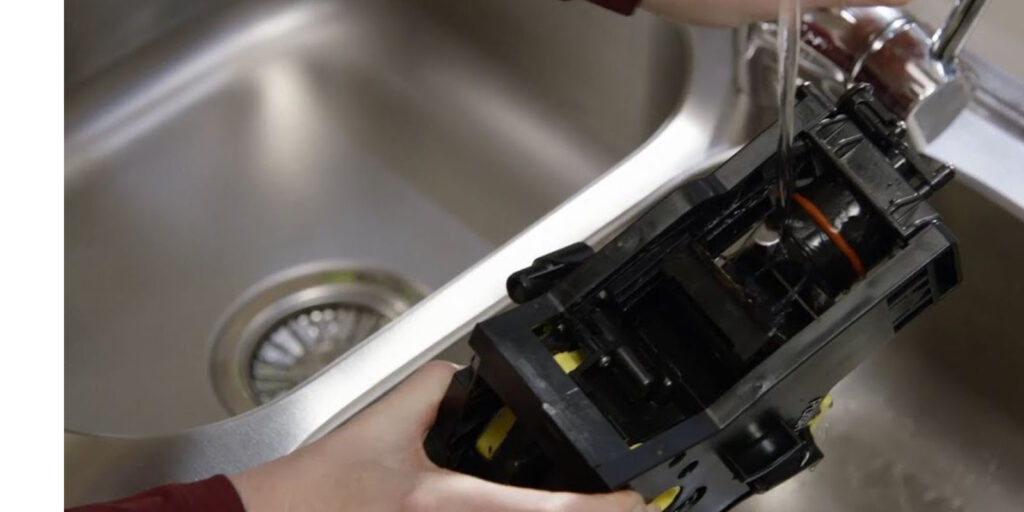
The Importance of Proper Cleaning and Maintenance
Just like any other appliance or piece of equipment, regular cleaning and maintenance are crucial to ensure that your espresso machine functions properly and produces the best-tasting espresso possible. Neglecting cleaning and maintenance can lead to clogs, buildup of coffee oils and debris, and ultimately a decline in the quality of your espresso. The automatic cleaning cycle in a super-automatic espresso machine helps to prevent these issues and keep your machine in top condition.
Cleanliness Equals Better Taste
Think of your super-automatic espresso machine as a chef in a high-end restaurant. Just as a chef keeps their kitchen clean to ensure the best flavors in their dishes, your espresso machine needs to be clean to produce the best-tasting espresso. The automatic cleaning cycle is like a daily dishwasher cycle for your machine, ensuring that it’s always ready to brew a perfect cup of espresso.
Components of the Automatic Cleaning Cycle
Now that you understand the importance of proper cleaning and maintenance let’s take a closer look at the components of the automatic cleaning cycle in a super-automatic espresso machine. While the specifics may vary depending on the make and model of your machine, most super-automatic espresso machines include the following components in their cleaning cycles:
1. Cleaning Solution
The cleaning solution is a crucial component of the automatic cleaning cycle, as it helps to break down coffee oils and residue inside the machine. The solution is usually a special detergent formulated for espresso machines and can be in liquid or tablet form. The cleaning solution is mixed with water and run through the machine during the cleaning cycle to clean all the internal components.
2. Cleaning Program
The cleaning program is a set of instructions programmed into the machine that controls the duration and intensity of the cleaning cycle. The program dictates when the machine will prompt you to run a cleaning cycle, how long the cycle will take, and what actions the machine will perform during the cycle. Some machines allow you to adjust the intensity of the cleaning cycle based on the level of buildup in the machine.
3. Cleaning Alerts
Most super-automatic espresso machines feature cleaning alerts that notify you when it’s time to run a cleaning cycle. These alerts can be visual, such as a flashing light on the control panel, or audible, such as a beep or chime. It’s important to pay attention to these alerts and run the cleaning cycle as soon as possible to prevent any issues with the machine.
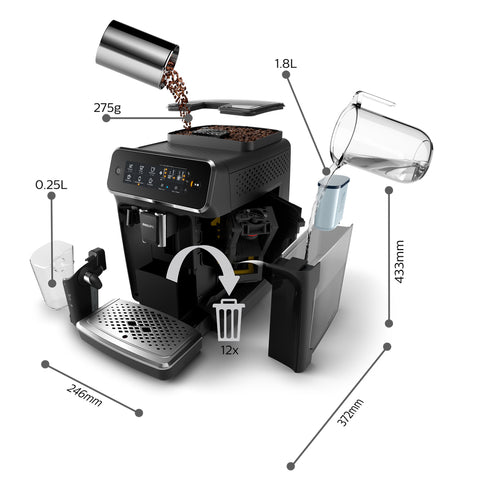
How the Automatic Cleaning Cycle Works
Now that you’re familiar with the components of the automatic cleaning cycle, let’s break down how the cycle works in a typical super-automatic espresso machine:
1. Preparation
Before starting the automatic cleaning cycle, you’ll need to ensure that the machine is empty of any coffee grounds or water in the brewing unit. This can usually be done by pressing a button on the machine to eject any remaining coffee grounds. Once the machine is emptied, you’ll need to fill the water reservoir with the cleaning solution as per the manufacturer’s instructions.
2. Initiation
To start the automatic cleaning cycle, simply follow the instructions on the machine’s display or control panel. This may involve pressing a specific button or navigating through a menu to select the cleaning cycle option. Once you’ve initiated the cleaning cycle, the machine will begin the process of cleaning its internal components.
3. Cleaning Process
During the cleaning cycle, the machine will pump the cleaning solution through its internal tubing, brewing unit, and other components to remove any coffee oils, residue, and debris. The duration of the cleaning cycle can vary depending on the machine, but it typically takes a few minutes to complete. Some machines may also include a descaling function during the cleaning cycle to remove mineral buildup from the machine.
4. Rinsing
After the cleaning solution has been circulated through the machine, the machine will prompt you to refill the water reservoir with fresh water for the rinsing cycle. The rinsing cycle helps to flush out any remaining cleaning solution from the machine’s internal components, ensuring that your next cup of espresso isn’t tainted by any detergent residue.
5. Completion
Once the rinsing cycle is complete, the machine will signal that the automatic cleaning cycle is finished. At this point, you can discard any remaining water in the reservoir and proceed to brew your next cup of espresso. It’s important to follow the manufacturer’s instructions for disposing of the used cleaning solution and water, as some solutions may be harmful if ingested.
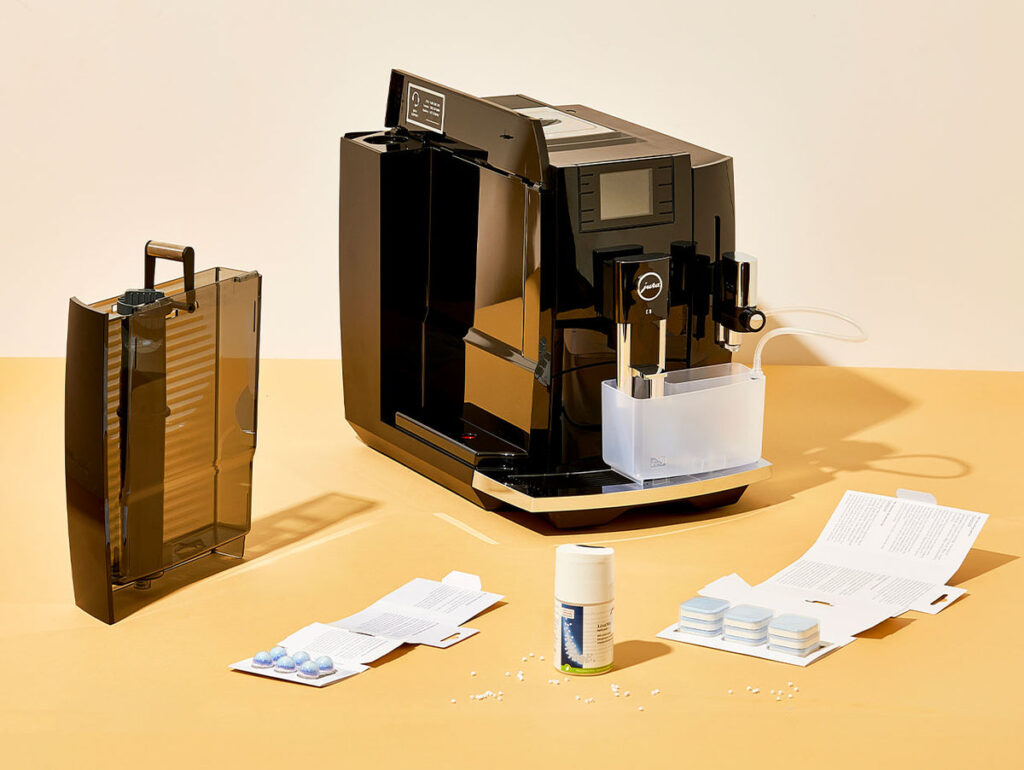
Tips for Maintaining Your Super-automatic Espresso Machine
Now that you understand how the automatic cleaning cycle works in a super-automatic espresso machine, here are some additional tips for maintaining your machine and prolonging its lifespan:
1. Clean Regularly
In addition to running the automatic cleaning cycle as recommended by the manufacturer, it’s important to clean your super-automatic espresso machine regularly. This includes wiping down the exterior of the machine, emptying the dreg drawer, and cleaning the steam wand after each use. Regular cleaning helps to prevent the buildup of coffee oils and debris that can affect the flavor of your espresso.
2. Use Filtered Water
To prevent mineral buildup in your machine, it’s best to use filtered water in your super-automatic espresso machine. Hard water can lead to scale buildup in the machine’s internal components, affecting its performance and lifespan. Using filtered water also helps to improve the taste of your espresso by eliminating any impurities in the water.
3. Replace Parts as Needed
Over time, certain parts of your super-automatic espresso machine may wear out and need to be replaced. This includes the brewing unit, gaskets, and seals, which can degrade with regular use. It’s important to follow the manufacturer’s guidelines for replacing parts and to use genuine replacement parts to ensure the continued performance of your machine.
4. Store Properly
When not in use, it’s important to store your super-automatic espresso machine properly to prevent dust and debris from accumulating in the machine. Make sure to cover the machine with a clean cloth or store it in a cabinet to protect it from dirt and spills. Proper storage helps to maintain the appearance and performance of your machine over time.
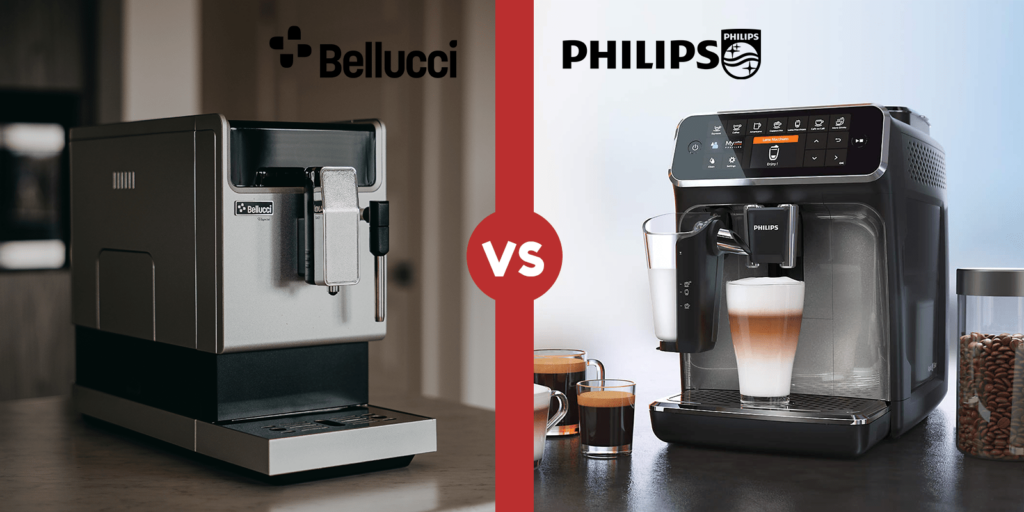
Final Thoughts
Maintaining a super-automatic espresso machine may seem like a daunting task, but the automatic cleaning cycle makes the process quick and easy. By following the manufacturer’s instructions for cleaning and maintenance and incorporating some additional tips, you can ensure that your machine continues to brew delicious espresso for years to come. So go ahead, press that button, and enjoy a perfect cup of espresso every time!
